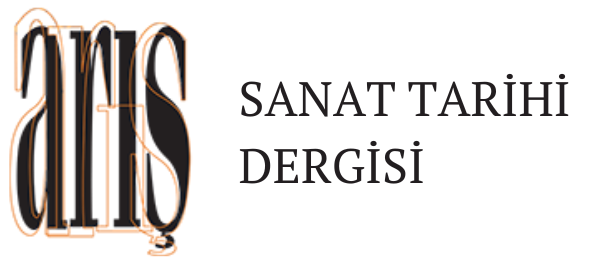An Evaluation of the Janissary Clothes
Nurcan Boşdurmaz1 , Oğulcan Avcı2
, Oğulcan Avcı2
1İstanbul Bilgi Üniversitesi, Rektörlük Genel Eğitim Bölümü
2Giresun Üniversitesi, Güzel Sanatlar Fakültesi
Keywords: Janissaries, Costume, Ottoman Clothes, Ottoman Army, Börk, Ottoman Uniform
Abstract
The Janissaries are important and special military units of the Ottoman army. The clothes of this elite unit are also unique to them. When the Ottoman archives, miniatures from the Ottoman period, the narrations of European travelers or ambassadors and their engravings are examined, it is understood that this clothing was extremely important and was used as a status symbol. The characteristics of these clothes, their place in Turkish culture and their changes throughout history are the subject of this article. Janissary clothing consists of several pieces. The most important part of this clothing is the headgear made of felt. These headgear are called janissary börkü/janissary felt. The headgear also consists of several pieces. The most important part is the cylindrical metal section on the forehead. According to what European eyewitnesses have reported, it is understood that the upper clothes and headgear of the Janissaries were different in times of war and peace. They use a type of clothing called çakşır as lower garment, which has varieties such as gaiters and trousers. Dolamas made of broadcloth are the upper garments of the Janissaries. It is understood that this upper garment was called a robe or caftan. At the same time, raincoats called barani were one of their upper garments. Baranis were also made of broadcloth. They were also called zemistani. Limited information is available about shoes. Undoubtedly, the abolition of the Janissary Corps during the reign of Mahmud II caused the rapid disappearance of their clothing, but a limited number of examples have survived in museums in Europe. These clothing items were used by the Janissaries until 1826, when Mahmud II closed the Janissary organization.
